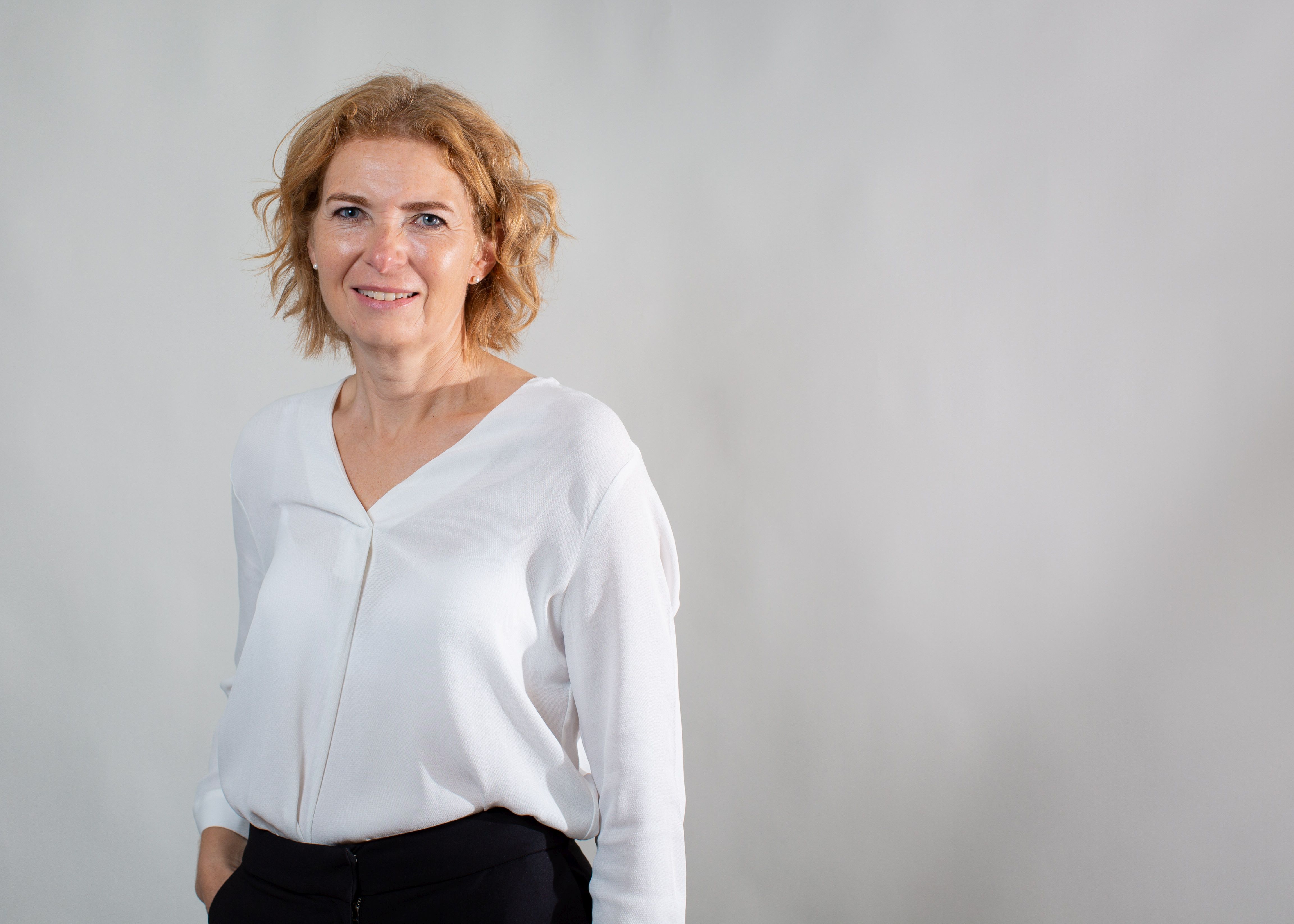Research boosts EU fish breeding

A FIVE year EU funded study into advanced aquaculture breeding programmes has demonstrated the potential of selecting for disease resistance, say researchers.
The NOK 75 million Fishboost project, led by Norwegian research organisation Nofima, has involved scientists from nine countries, 14 research institutions, 11 companies and an NGO.
Their goal was to improve European aquaculture for six species of farmed fish: Atlantic salmon, common carp, European seabass, gilthead seabream, rainbow trout and turbot.
The project, which started in 2014 and concludes this month, looked at a wide range of traits and developed tools and technologies to contribute to more balanced, sustainable and long-term profitable breeding programmes.
‘Fishboost has contributed to increased awareness in Europe that breeding is an important part of fish farming,’ said Nofima scientist Anna Sonesson, project coordinator for the EU project.
Many breeding programmes in Europe have only selected for growth and other traits related to production efficiency.
But the Fishboost partners have examined the potential of also selecting for better disease resistance, estimating the heritability of the main diseases for the species and mapping the genes behind them.
Fishboost has developed important tools such as gene maps and thousands of genomic markers, which show where on the DNA there is variation between animals.
Genomic markers are used in genomic selection, which is more accurate than traditional breeding. In the Fishboost populations, accuracy using genomic selection was up to 22 per cent higher.
But the method is expensive. The Fishboost researchers developed ways to reduce the cost of using this method and therefore increase the use of genomic selection in European breeding programmes.
Fishboost has also developed better selection and phenotyping methods to increase production efficiency.
The Norwegian industrial partner Salmobreed sees a potential for knowledge transfer between species.
‘Much has been done to develop indirect methods for measuring feed utilisation and production efficiency on several of the species in Fishboost,’ said Haavard Bakke, project manager at Salmobreed. ‘The research done on rainbow trout has a particularly high transfer value to salmon.’
The Fishboost scientists worked to optimise the design and profitability of the breeding programme when new traits are included in the breeding objective, taking into account different technological levels, reproduction and biology in the species, said Nofima.
‘I hope and believe that the industry will make use of this knowledge and that it will contribute to higher quality in existing breeding programmes and stimulate the creation of new ones,’ said Sonesson.
Nofima and other research partners have written new applications to continue their work, and Nofima has already been awarded two new EU projects in this field.
(The project partners are: Ifremer, IMARES, INIA, INRA, Luke, University of Edinburgh, Norwegian University of Life Sciences (NMBU), University of Padova, University of South Bohemia, Wageningen University, Andromeda Group, FMD, FEAP, BMR Genomics, CETGA, Milin Nevez, Geneaqua, Klatryb, LABOGENA, Salmobreed, SYSAAF, VRI and Les Poissons du Soleil.)
Picture: Anna Sonesson (Photo: Joe Urrutia, Nofima)

